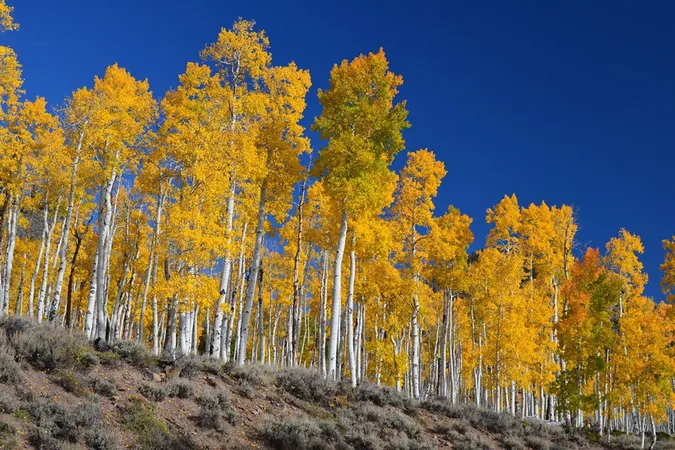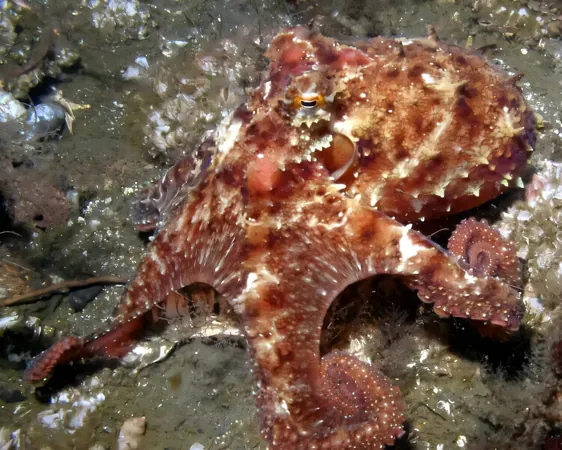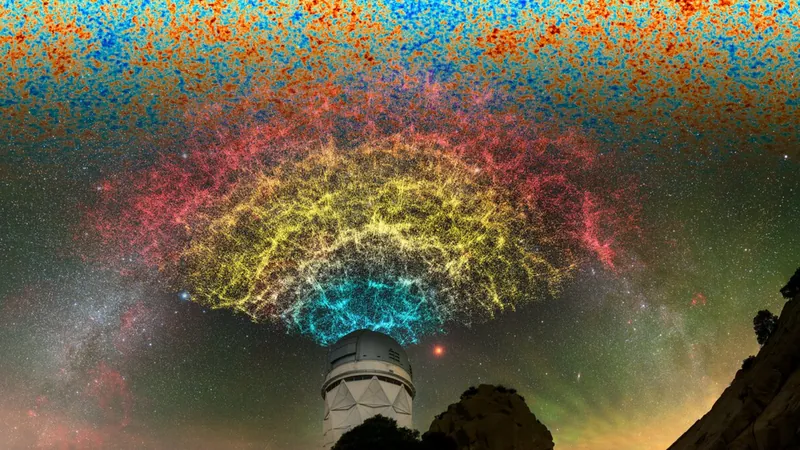
Unveiling Pando: Earth's Ancient Giant May Be Up to 80,000 Years Old!
2024-11-17
Author: Michael
Introduction to Pando
In the picturesque landscape of rural Utah lies an extraordinary natural wonder known as Pando, the largest living organism on Earth. This remarkable collection of over 40,000 quaking aspen trees is not just notable for its size but also for its potential age; researchers now suggest that Pando could be anywhere from 16,000 to a staggering 80,000 years old.
The Nature of Pando
Pando, which means "I spread" in Latin, is genetically identical, having descended from a single seedling. Despite its more than 40,000 individual trees, the entire grove operates as one vast organism, collectively weighing nearly 13 million pounds (5.9 million kilograms) and occupying roughly 106 acres (43 hectares). This remarkable feature raises fascinating questions about the survival and evolution of such a long-living entity, particularly in relation to ancient human history and natural events.
Research and Findings
Researchers recently endeavored to estimate Pando's age through an innovative method that involved genetically sequencing over 500 samples from Pando and neighboring trees. They meticulously analyzed various tree tissues, including leaves, roots, and bark, to distinguish between somatic and germline mutations. Somatic mutations, which can arise throughout an organism's life, provide crucial data on the age and evolutionary history of this ancient grove. Their findings suggest that this grove may have already been thriving when Neanderthals roamed the Earth—a period that coincides with other significant prehistoric events.
Insight from Researchers
"The sheer size of this organism prompted us to wonder about its evolution over time," stated Rozenn Pineau, the lead researcher from the University of Chicago. "What we discovered was intriguing; while closer trees were indeed more genetically similar, the extent was far less than we anticipated."
Genetic Structure and Its Implications
The team's research not only delves into the organism's age but also raises important questions about its unique genetic structure. They suggested that an unknown mechanism might restrict mutation accumulation, leading to a surprisingly consistent genetic profile across the grove despite spatial limitations. This uniformity may hold key insights into genetic variation and evolutionary fitness in long-lived clonal organisms.
Future Research and Importance of Pando
As the researchers work towards refining their age estimates with more precise genetic data, the implications of Pando extend beyond mere statistics. Understanding its longevity and adaptability could offer vital lessons about ecosystem resilience in our ever-changing climate, as well as the preservation of such giant organisms for future generations. Stay tuned for updates from research teams across the country, including those at UC Berkeley, who are diligently striving to clarify the mysteries of Pando's age and genetics. The quest to understand this majestic organism is only just beginning, and what they uncover may forever change our perception of life on Earth!









 Brasil (PT)
Brasil (PT)
 Canada (EN)
Canada (EN)
 Chile (ES)
Chile (ES)
 España (ES)
España (ES)
 France (FR)
France (FR)
 Hong Kong (EN)
Hong Kong (EN)
 Italia (IT)
Italia (IT)
 日本 (JA)
日本 (JA)
 Magyarország (HU)
Magyarország (HU)
 Norge (NO)
Norge (NO)
 Polska (PL)
Polska (PL)
 Schweiz (DE)
Schweiz (DE)
 Singapore (EN)
Singapore (EN)
 Sverige (SV)
Sverige (SV)
 Suomi (FI)
Suomi (FI)
 Türkiye (TR)
Türkiye (TR)